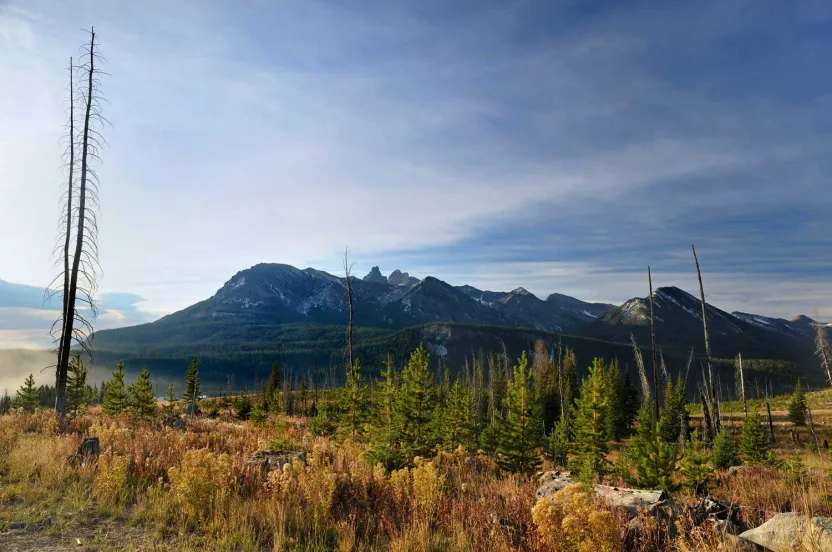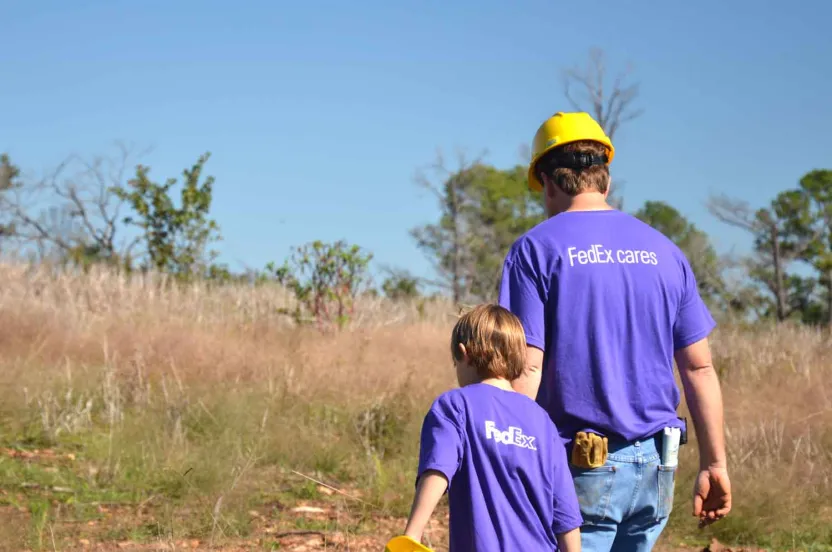International Day of Forests is March 21. Celebrate by planting for others. PLANT TREES
What to Do About Wildfires: Prevention vs. Combat
Understand the critical differences between wildfire prevention and combat, and how you can help protect our forests.
August 2, 2013

As the 2013 fire season continues, the costs of fighting wildfires have continued to increase. In 2012, fires consumed 40 percent of the Forest Service’s annual budget, compared to only 13 percent in 1991. Many factors have created these rising costs through the years, including worsened drought conditions, continued climate change, and an increased number of homes built near forested areas. These escalating expenses are proving to be so costly, that they are leaving less money for wildfire prevention.
Due to these heightened factors, for fiscal 2014, the federal administration has proposed drastic spending cuts to hazardous fuels reduction, or clearing smaller trees and underbrush through controlled cutting and burns. The idea behind hazardous fuels reduction is that by removing this underbrush, fires will have less fuel to spread rapidly and can then be controlled faster. Donald Smurthwaite, spokesman for the National Interagency Fire Center states, “In a recent study by the Bureau of Land Management, when wildfires burned into fuels treatment areas, they were slowed or stopped about 90 percent of the time. With the decline in fuels funding, we're worried that saving money today will mean larger and more destructive fires tomorrow." Limited funding has decreased fire prevention for several years. In 2009, 4.5 million acres were treated to prevent wildfires, and under the proposed budgetary cuts, fewer than 2 million acres would be treated in 2014.While the proposed budget for fiscal 2014 would increase overall funding for wildfires, it would largely cut the hazardous fuels budgets for several agencies. In all, 41 percent of these budgets would fall, reducing the current funds of $502 million to $297 million. This will be the third consecutive year the administration's proposed budget includes spending cuts to forest treatment to prevent wildfires. Many of these cuts will greatly affect our tree partners -- the U.S. Forest Service and the National Park Service.
As an organization of people that cares deeply about our nation’s forests and trees, the Arbor Day Foundation continues to challenge ourselves to better understand how to collaborate with our partners on the ground as they overcome these budgetary hurdles. There simply isn’t funding available as there has been in decades past, and that is where our valued members, supporters, corporate donors and partners can help us to heighten our efforts to do more with less. They can help us to see new ways to partner with these groups, to create even more relevant programs, and to provide trees to those areas most in need. As we address each new challenge, we search for ways to better engage our loyal members and tree advocates to keep them involved in the good work our partners accomplish each year with our support.
With the help and generosity of our vast network of tree advocates, we will continue to foster our enduring 25-year partnership with the U.S. Forest Service. With their help, the Arbor Day Foundation will continue to bring new ideas surrounding education, conservation, and tree planting in wildfire-stricken areas.
Two ways you can take action now: The Backyard Woods Program: Managing Forests Can Save Forests Donate now to replant trees where they're needed most
Data cited in this post sourced from NBC News. - - - - - - - - - - - - - - - - - - - - - - - - - - - - - - - - - - - - - - - Abbie Eisenhart is a Community Tree Recovery Manager for the Arbor Day Foundation.



